Blog • Understanding Publishing
Last updated on Oct 15, 2025
How to Self-Publish a Graphic Novel
About the author
Reedsy's editorial team is a diverse group of industry experts devoted to helping authors write and publish beautiful books.
More about the Reedsy Editorial Team →Martin Cavannagh
Head of Content at Reedsy, Martin has spent over eight years helping writers turn their ambitions into reality. As a voice in the indie publishing space, he has written for a number of outlets and spoken at conferences, including the 2024 Writers Summit at the London Book Fair.
View profile →How to self-publish a graphic novel is a guest post by Ben Galley. Ben is a best-selling dark fantasy author from the UK. He is the author of the epic Emaneska Series, and a new western fantasy series, the Scarlet Star Trilogy. When he’s not dreaming up lies to tell his readers, Ben works as a self-publishing consultant, helping fellow authors to self-publish and sell their books at www.shelfhelp.info.
While we authors are no stranger to self-publishing or writing, when it comes to art, particularly graphic novels, we can feel a little bit like a fish out of water. Here’s one author’s account of how it can be done.
Three and a half years ago I had the idea to convert my debut epic fantasy – The Written – into a graphic novel. I've always been a huge fan of comics and graphic novels. They are an incredible art form, a perfect combination of impressive art flowing alongside a punchy, straight to the point story. As I write in a very cinematic way, almost directing the characters across the pages, converting my prose to portraits made sense. And so, in January of 2013, once I'd found the perfect artist for my graphic novel, I launched a project on good old Kickstarter in the hopes of raising £5,000 to fund it.
Crowdfunding the graphic novel on Kickstarter
Kickstarter is a fantastic platform but it's an incredible amount of work. Aside from the lengthy setup, I spent 50 days busting my backside to reach my funding limit, broadcasting tweets, securing guest blogs, sending emails and generally pestering people to help me raise the money. If I could convey any advice on crowdfunding it's not to underestimate the effort it takes to reach your goal.
With the help of 166 backers, I was lucky enough to raise £5,617 for The Written Graphic Novel. As you can imagine I was incredibly pleased, even though the real work was now to begin.
The first step was to get the artwork done. This was down to Mike Shipley, my fantastic artist. With the help of a dozen mood-boards, we spent several months plotting out how the artwork could sit alongside the story. After storyboarding each page, all 130 of them PLUS the cover design, Mike got stuck in.
A year and five months after we launched the project, we hit the preparation stage. Even though I'm an expert in self-publishing and tour the UK teaching fellow authors how to self-publish books, publishing a graphic novel was new territory for me. As I do all the typesetting for my print books, there was a steep learning curve, consisting of ink densities, DPIs, CMYK versus RGB, PDF compression, and all the other aspects that come with moving from black and white print-ready files to full-color printing. However, it was a rewarding process. It taught me a lot, and I was especially glad for the experience as I was able to pass the knowledge onto the authors that I help self-publish.
Formatting and self-publishing
Now publishing the print version, even though it took a bit of back and forth with Ingram Spark, a very helpful and major print-on-demand company, was relatively straight forward. It took a few months to process but by December the paperback was out across the globe in a range of stores. It was now time to turn my attention to creating the eBook version – the more technical of the two.
With eBook formatting, there are a few more aspects to consider compared to typesetting. There are two major eBook formats, multiple types of eReaders, screen sizes and even orientations to bear in mind. I always recommend working with a professional when it comes to the technical job of formatting. The reading experience is very important indeed, and you want to get it spot on for your esteemed readers. That's why I took my own advice and turned to Reedsy to find myself the perfect technical formatter for the job.
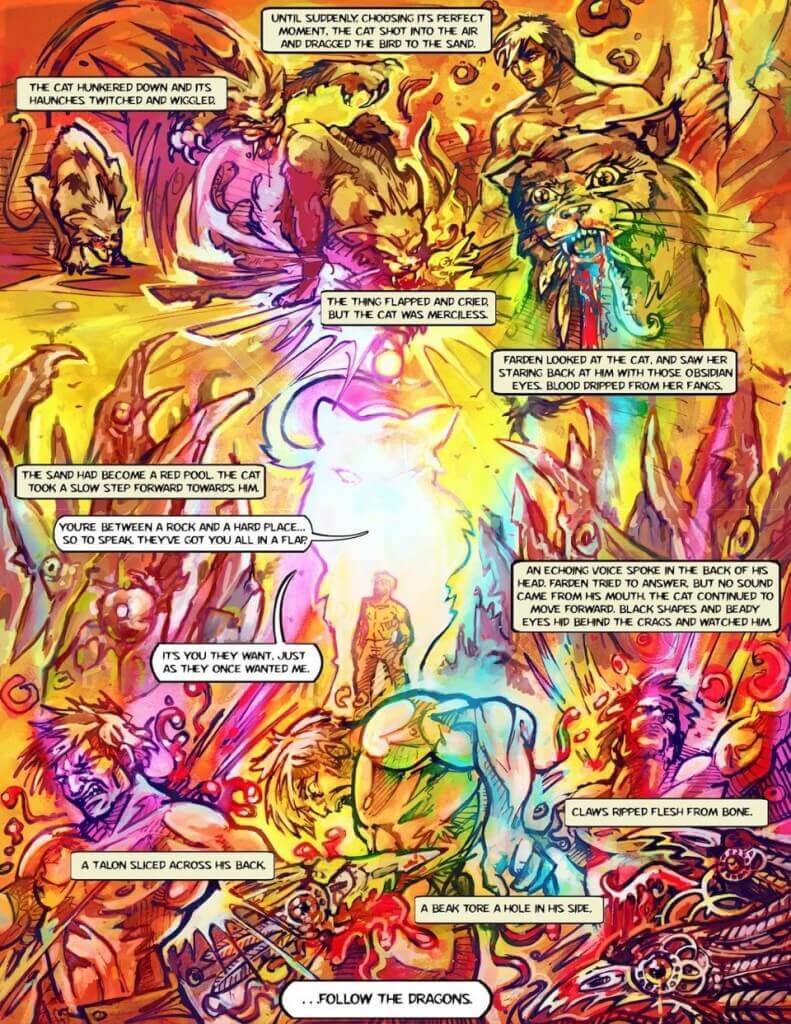
For those of you who are new to Reedsy, it's a clever platform full of accredited publishing professionals. From cover designers and editors to formatters and typesetter, whatever stage of the self-publishing process you're at, Reedsy is one of the best places to find the professional you need.
I used Reedsy to build a shortlist of formatters, reviewing their prices and skills until I settled on a formatter named Jennifer Cant. After sending all the files, it took about three weeks of work and amendments to get the job done. It was all done via Reedsy's simple dashboard, through which all the messaging, file transfer and also payment was handled.
I really couldn't be happier with the result. I was given two professional-looking file formats at the end of the process that I could upload straight to eBook retailers such as Amazon, Kobo, Google Play, and iBooks. Even though they’re hefty files, they went straight onto the storefronts with zero problems. I could now sit back, relax and pour myself something with bubbles in it.
The Written Graphic Novel was received very well indeed. All my backers are incredibly pleased with what they funded, and so are the readers who have bought it since its release. I’m incredibly proud every time I see it on the shelf. It may have taken me over two years from conception to celebration, but it was worth it.
If you’re thinking of self-publishing your own graphic novel, then I would highly recommend it. With the help of great platforms like Kickstarter and Reedsy, projects like this are very possible indeed, and incredibly rewarding.
 You can find The Written Graphic Novel and the rest of Ben Galley’s fantasy books at www.bengalley.com, His is self-publishing advice service can be found at www.shelfhelp.info. Ben can be found being loquacious and attempting to be witty on Twitter (@BenGalley) or Facebook (/BenGalleyAuthor).
You can find The Written Graphic Novel and the rest of Ben Galley’s fantasy books at www.bengalley.com, His is self-publishing advice service can be found at www.shelfhelp.info. Ben can be found being loquacious and attempting to be witty on Twitter (@BenGalley) or Facebook (/BenGalleyAuthor).
Have you ever thought about adapting your novel into a graphic novel? If no, what's stopping you? Let us know your thoughts, or any questions for Ben, in the comments below!
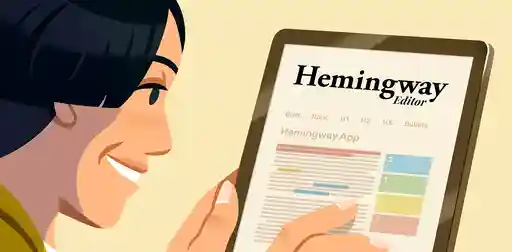
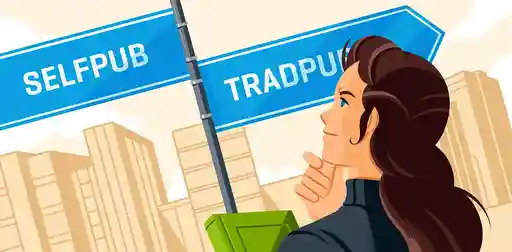
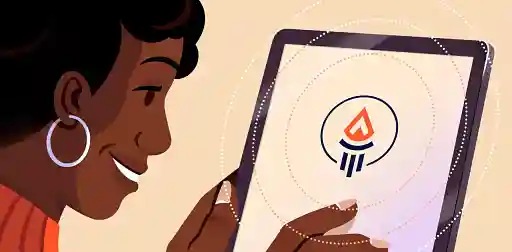
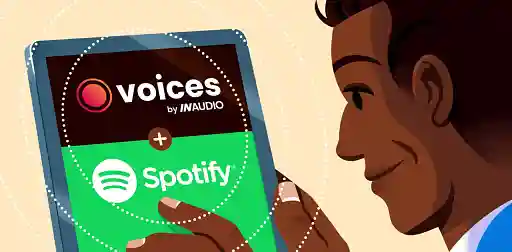
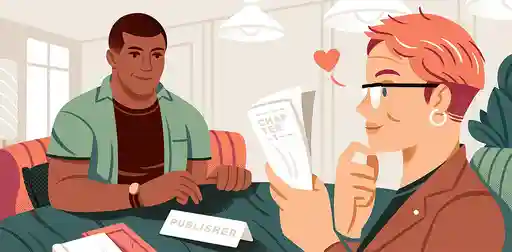

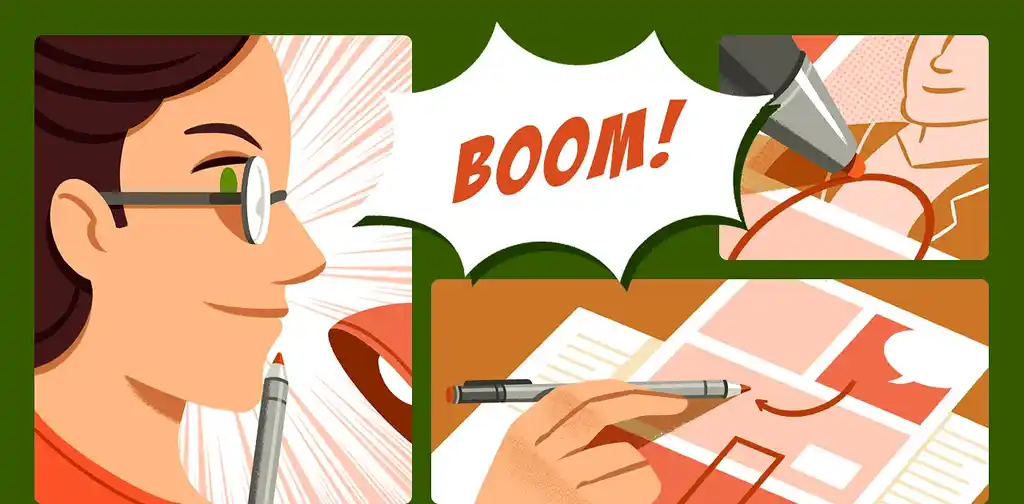

13 responses
Michael Doane says:
26/01/2016 – 18:55
Awesome post Ben! Thanks for sharing your journey.
↪️ Ben Galley replied:
27/01/2016 – 21:07
My pleasure, Michael. Cheers for reading.
Jon Oscar says:
27/01/2016 – 09:37
Very interesting insight, just goes to show that you really have to be prepared before making the jump. But it's riveting to see that you can do things on your own if you want to. I hope more self-published graphic novels will come out.
↪️ Ben Galley replied:
27/01/2016 – 21:07
Thank you, Khalid! You definitely do – projects like this are rewarding but a lot of work. Graphic novels are increasing in popularity and the self-publishing community is not holding back whatsoever!
Nneka Anekwe says:
10/08/2016 – 03:38
I found this while searching for tips on publishing a graphic novel. I can say I didn't fully understand the extent of what needs to be done to make it come alive but I am definitely motivated. I will be doing the writing and the illustration myself (I'm a Jill of many trades). Thank you for this helpful info!
↪️ Reedsy replied:
10/08/2016 – 18:15
Glad it was of help! Feel free to get in touch with us (or Ben) directly if you have any questions, we love helping out with graphic novels :)
↪️ Nneka Anekwe replied:
10/08/2016 – 18:22
I definitely will! I am in the process of reading the self publishing guide that was sent to me when I signed up. There are so many intricate details that I had overlooked like using strong verbs instead of the excessive use of adjectives and adverbs.
↪️ Ben Galley replied:
15/08/2016 – 08:52
I'm always happy to help via Skype or phone. You can find me at www.shelfhelp.info!
Mark Dinsdale says:
13/08/2016 – 16:07
Alright mate, I'm doing a 160 page graphic novel to put on kick-starter next year- how much would that be to get it coloured or none coloured, shipping etc? Nice one on getting your project done too ☺👍
↪️ Ben Galley replied:
15/08/2016 – 08:51
Hi Mark, thanks very much. Based on the costs of Ingram Spark, that would be around £4.90 based on standard 70lb colour paper and an A4 size. The best way of finding that out is using Spark's Print & Ship calculator: https://myaccount.ingramspark.com/Portal/Tools/ShippingCalculator Hope that helps!
↪️ Mark Dinsdale replied:
15/08/2016 – 12:46
Brilliant thanks a lot man 👍
Clarence Barbee says:
31/07/2017 – 06:06
I've been doing some research on this, and just find it daunting. I mean, I was thinking of turning some of my short stories into graphic novels, but finding all these people seems to be a huge overtaking. I'll do a bit more research and see what I can come up with....but whoa!
↪️ Reedsy replied:
31/07/2017 – 10:28
Self-publishing a graphic novel does require a lot of work and commitment, however finding the different people mentioned in this article is actually the fun part, and it's one of the things we can help with at Reedsy. We have a growing stable of amazing illustrators, on top of editors, formatters and marketers. So take a look through our marketplace and I'm sure you'll find the right partners for a graphic novel project :)